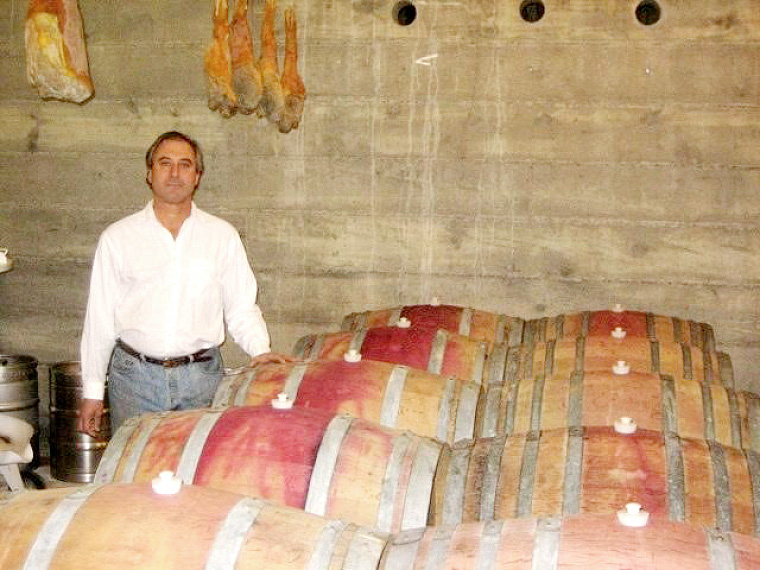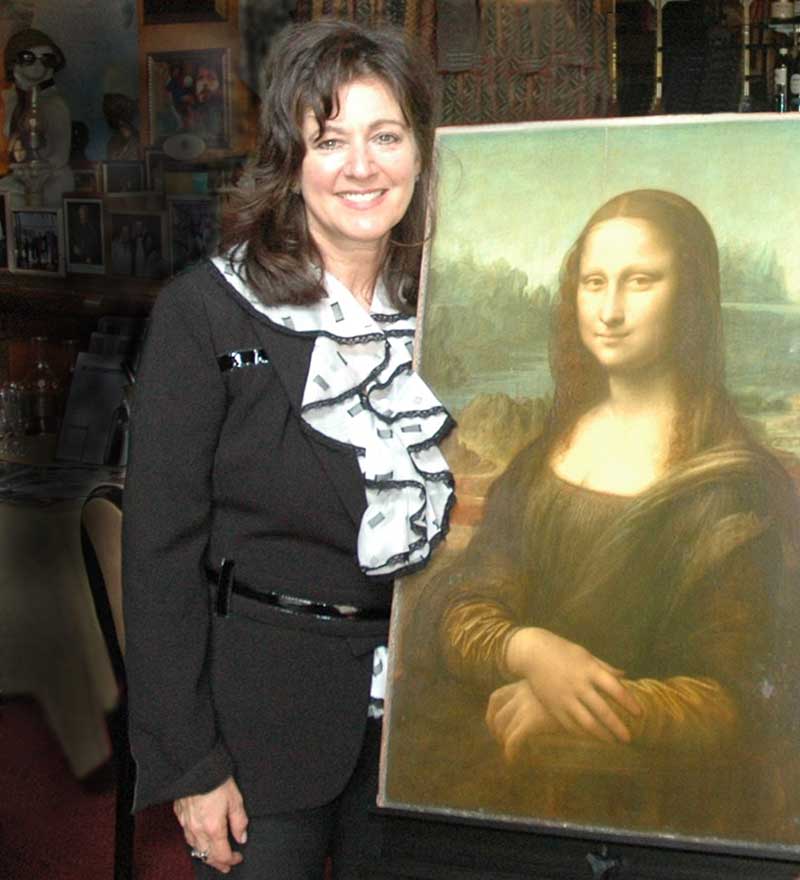We all know winemaking in Italy goes back centuries, actually back approximately 4,000 years, when a climate ideally suited to growing grapes made Italy one of the most prodigious regions for this enjoyable beverage. Herculaneum archaeological excavations have even uncovered an ancient wine shop in Ercolano, Italy. By the time the Greeks arrived in Southern Italy, wine was already part of everyday life. The Etruscans and Romans refined the winemaking process to an art which was eventually called vinificazione. La vinificazione è il processo biochimico di trasformazione dell’uva in vino e del suo affinamento, or, in other words, winemaking is the biochemical process of transforming grapes into wine.
In California, Italian immigrants were instrumental in founding California’s wine industry. They had a remarkable influence still evident today. One such winery is Chiarito Vineyard. L’Italo-Americano interviewed John Chiarito to learn first-hand what makes California’s Italian wines so irresistible.
Tell us about the Italian connection behind Chiarito Vineyards.
I am second generation Italian, all my grandparents were Italian. My mother’s family came from Campania, Mercato San Severino was the town. My dad’s family came from Basilicata, Ginestra, an Arberesh village. Ginestra was a small rural town and they were farmers, a little of everything including grapes. My grandparents came in 1908 and then my dad was born in 1913, the first child born in America and so they called him Americo. They returned to Italy in 1914. My grandfather came back to the US after the end of the war and my grandmother and her children stayed in Italy until 1926 when my grandfather had enough money to bring them over. My father was raised in Connecticut until he went to college in New York.
What prompted your interest in the wine industry?
When I think back to what has influenced my work and interests I tie it to my earliest memory at three in my grandfather’s garden and him shelling me fava beans to eat in the garden. What also influenced me was the fresh food, the culture of good food, handmade pasta and wine. There would be wooden boxes of grapes, there would be a hand cranked crush and they fermented in an open topped barrel. There were farms around that had grapes. On the barrel there was a spigot and you felt special as a kid if you got to fill a pitcher for the table.
How did Chiarito Vineyards begin?
After I left home my folks moved to Northern California. The countryside reminded my father’s in Italy. I learned about vineyard work and later bought the land for what is now Chiarito vineyard, comprising of vineyards, a home, cellar and case goods room. There are also olive trees that we harvest every year for olive oil. When I bought the property it was an abandoned walnut orchard and I planted it with Zinfandel at first then built my home, winery and case goods room.
I developed the vineyard in an older style, head-trained and dry farmed and even tying with willow that I grow on my property.
How did you become interested in the Nero d’Avola grape?
My neighbor Lowell Stone, a pioneer in Italian varietals, he grows fifteen of them, had Nero d’Avola from Sicily and Negroamaro from Puglia. I travelled to Sicily in 2001 and started tasting Nero d’Avola and decided to plant some of my own, also because they were Southern Italian varietals and all my family are from the South. I was the first in the US to petition to have Nero d’Avola and Negroamaro on a label. I have been named in the top 100 of wine pioneers for doing this. Nero D’Avola and Negroamaro have won awards in every wine competition that I have ever entered them in. I have sold my wines through a wine club and directly to restaurants in California, New York, Washington DC and Texas. Many people did not know of these varietals here in the US but once they tasted them they really liked them. I also had the honor of meeting Giovanni Guarneri and presenting my wines at his restaurant in Sicily.
How would you summarize the origins/roots/beginnings of Chiarito Vineywards?
My family came to this country from Southern Italy. When I was a kid, we would spend every Sunday with my grandparents, aunts, uncles, and cousins, eating great food and drinking home-made wine. So when I bought my land and decided to build my own home and create my own winery, I really felt it was a tribute to my grandparents and their way of life. I like to think that I’ve created a little bit of Southern Italy right here in Ukiah.
After a journey that began over 4,000 years ago, it is clear Italian-Americans have made noteworthy contributions to California’s wine industry. It’s a wonderful legacy we can call, Vinificazione Italian Style!































